The importance of instilling the concept of...

Help your child prepare for the transition from preschool to kindergarten with some fun and entertaining learning activities that will jumpstart his or her literacy skills needed for kindergarten. Our fun, innovative ABC Twiggles resources and free Story Twiggle books will provide your children opportunities to gain self confidence and to develop the literacy skills they need to be successful in the kindergarten classroom. Remember that each child develops at his or her own pace and will have different levels of skills and knowledge upon entering kindergarten. So don't worry if your child doesn't have all the skills on the first day of kindergarten, as he or she will continue working on them throughtout the kindergarten year.
Most kindergarten teachers expect children entering kindergarten to have the following literacy skills:
Rhyming (Example: when asked what rhymes with “cat,” the child might say, “rat, sat, hat.")
Read your children books that use rhyming words. An example is our Free Twiggle Book Stanley the Snowman.
Read the book together. For the second reading, pause before the rhyming word (example: "Stanley the Snowman is short and fat, Stanley the Snowman has a black ..... [hat.]." Let children fill in the word.).
Beginning Sounds
How to help:
Play a letter sound matching game with our ABC Twiggles Letter Flash Cards.
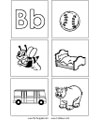
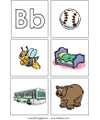
Read books that have words that begin witht the same letter and sound as your child's name (example: Angry Ally Alligator (Short A)).
Recognizes and can say words that repeat the same sounds (example: apple, ant, alligator).
Peter Piper picked a peck of pickled peppers;
A peck of pickled peppers Peter Piper picked;
If Peter Piper picked a peck of pickled peppers,
Where's the peck of pickled peppers Peter Piper picked?
Show children the poster of the ABC Twiggles letter tongue twister. Look at the poster together and discuss the picture. Read and then say the tongue twister together. (Overemphasize the first sound in the word to help your child hear the sound.) Ask children to identify and point to the target letter. Let them circle the target letter on the tongue twister worksheet and add a simple drawing to the page.
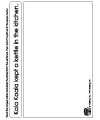
Recognizes and names letters in his or her own name.
Recognizes and names as many as 10 letters.
Identifies the sounds of a few letters.
Let children form, explore, and learn the shape of the letters. Find a list of ideas here.
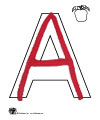
Letter Exploration Mats
Play games for your child to find and recognize letters. Hide wooden or plastic letters around the house and let your child find them. Let him or her circle or cut out the target letters in the newspaper and in magazines.
Print Knowledge. (Your child can follow words left to right and top to bottom.)
Can memorize or participate in reading books.
Listens to a story read aloud, participate, and begins to ask and answer questions about the text, based on the pictures.
Pretends to read a book by using some of the language from the text and describes what is happening on the page.
Retells the events of a story and can place pictures in order, with or without prompts from an adult.
Write some letters correctly.
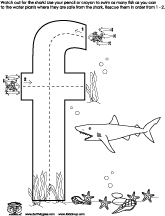
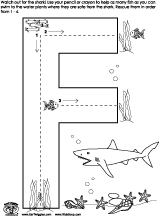
Let children use their index finger to write their name in shaving cream, in salt, or with finger paint.
Forms letters and shows increasing knowledge of letters and sounds.
With just a few fun learning activities during summer, you will help your child get off to a great start!